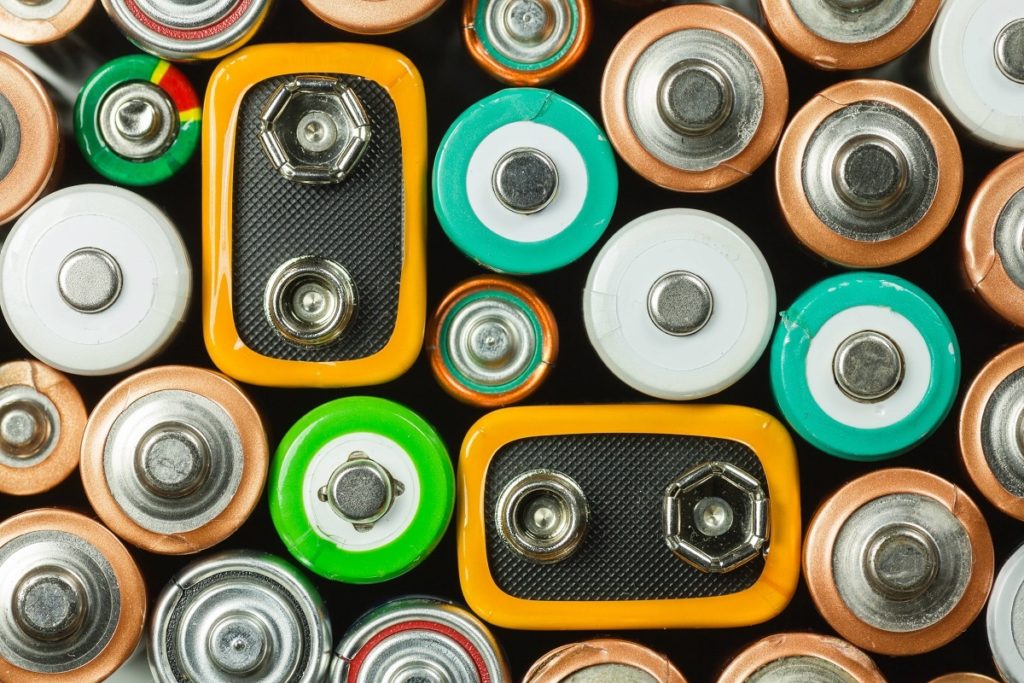Natural graphite is a necessity for steel companies and manufacturers of hand-held digital devices alike. Traders source both low-purity and high-quality minerals from different parts of the world and try to fulfill the high demand on time. Volatility determines the price trend for graphite for the past decade due to a combination of spot market deals and economic crises worldwide. The mineral is an important component in various industries, and it is essential that you understand its innate uses and vagaries alike if your company needs the mineral.
What is graphite?
“Plumbago” and “black lead” are other names used for the common mineral graphite, which is similar in chemistry to diamonds, but with a very different molecular structure. While diamonds are extremely hard and enduring, black lead smudges the hand and peels off easily. The mineral is quite fragile and would flake all around the interior of a cardboard box when placed inside one. The top ten producers of the mineral in the world are China, India, Brazil, Canada, Mozambique, Russia, Ukraine, Pakistan, and Norway.
It is interesting to note that the mineral is not exchange listed despite being a common global commodity. Pricing depends on the carbon content of the mineral and the physical size of the grains. Both of these properties affect the price independently or together. Meanwhile, another factor influencing pricing is the transport cost. About 30 percent of the total price goes to transportation. If you are buying the mineral, you must keep your wits with you. Knowing the industry and how prices move within a volatile atmosphere can help fulfill your company’s need for the material without taxing your finances.
A myriad uses and applications

The value of black lead is not durability or aesthetic appeal. It is the only non-metal element capable of conducting electricity well. As such, the mineral is the top option when lubrication is required in dry conditions. Refractory applications are in dire need for a constant supply of graphite. Its electrical and thermal conductivity are highly desirable in various industries. There is none quite like it, and there is no substitute for it.
Purifying graphite causes a lot of money, but it is necessary to perform the procedure because nothing less than anode-grade is required to produce lithium-ion batteries. Batteries for handheld devices contain the mineral as well. Now, the growing popularity of electric cars requires massive veins of graphite from deep under the earth to be mined since the battery packs for the sustainable alternative are lithium-ion. The production of more electric vehicles for the masses means that the demand for graphite will reach record heights. The availability of graphite and its cost will be influenced by this trend.
Consumer electronics and steel manufacturing and processing industries have a constantly high demand for the mineral known as black lead. Its essential uses in refractory, construction, and battery manufacturing make it very important indeed. The question you must be able to answer is whether you are getting a great deal for the massive supply of graphite needed by your company.

